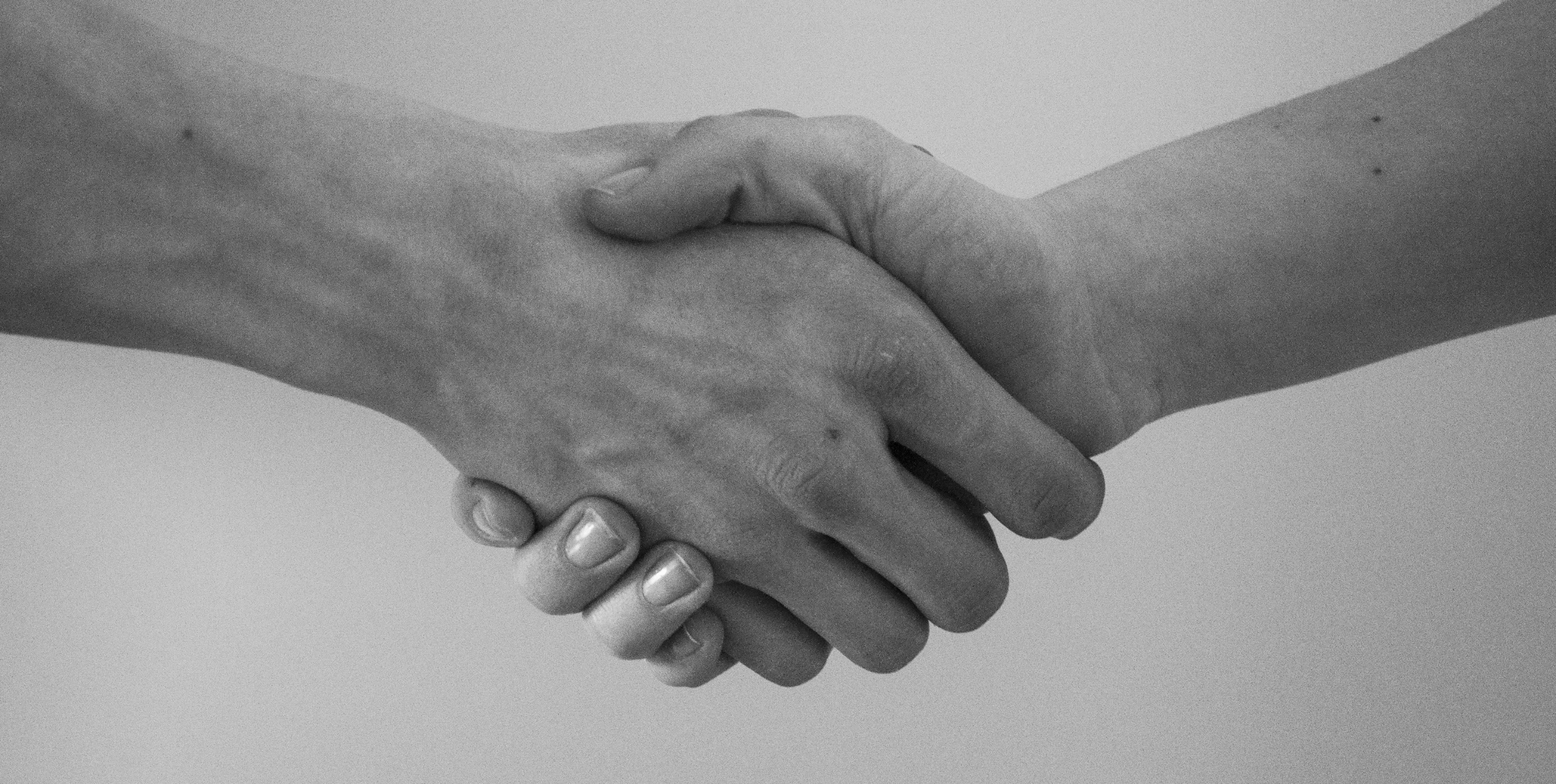Embarking on a new language journey can be both exciting and a bit intimidating, but it does not need to be so! The first step in any language is usually the simplest: mastering greetings. Spanish greetings are more than just words, they are keys that open doors to communication, culture, and connection. Knowing how to greet someone in Spanish is your gateway to forming positive relationships, showing respect and making the first impression in any interaction. From bustling markets to cozy cafes, you will find that greetings are a perfect place to start improving your Spanish, and making people smile!
Essential Greetings to Start Using Now
Let’s get you started with some greetings that you can use immediately. These are some of the most used phrases in the Spanish language:
- The Universal “Hola”: Just like “hi” or “hello” in English, “hola” is the first and most used greeting in Spanish. It is very simple and easy to learn, and can be used at any time and in any occasion.
- “Buenos días”: Starting the Day Right: To start your day in a Spanish way, the first thing you should say is “Buenos días”. You should say “Buenos días” from the sunrise until noon, and you can use it as you walk in the street or as you greet your work mates at the office.
- “Buenas tardes” and “Buenas noches”: Navigating Time: To be fluent in Spanish, it’s also important to consider the time of the day and learn to greet other people accordingly. You should use “Buenas tardes” from midday until sunset and “Buenas noches” from sunset until the sunrise, which can be used both as a greeting when you see someone or when you are saying goodbye at the end of the night.
- Asking How Someone Is: “¿Qué tal?” and “¿Cómo estás?”: To keep the conversation going, it’s essential to know how to ask other people how they are doing. In Spanish you can use “¿Qué tal?”, which is a shorter and more informal way to say “How’s it going?”, or you can use “¿Cómo estás?”, which translates into “How are you?”.
Formal and Informal Spanish Greetings
In Spanish, like in other languages, there are different levels of formality which need to be observed depending on the context and your relationship with the person you are talking to:
- Using “Usted” for Respect: When you are talking to people you don’t know or are older than you or have a position of authority, it’s important to use the formal “usted”, which should be accompanied by the right conjugation of the verbs. Instead of asking “¿Cómo estás?” (how are you) which is informal, you should say “¿Cómo está?” (How are you) when you are talking to someone using the “usted” form. Reference: SpanishDict on “Usted”
- When to Use “Tú” for Closeness: On the other hand, when you are talking to family, friends, or people you know, it is appropriate to use the informal “tú”, which will be accompanied with a more friendly and informal verb conjugation. When you say “Hola, ¿Cómo estás?”, you will use the “tú” form, whereas, if you want to say it formally, you should say “Hola, ¿Cómo está?”. Reference: Linguee on “Tú” and “Usted”
Other Useful Phrases
To keep the conversations flowing, learning some additional phrases will be very useful:
- Learning Names: “¿Cómo te llamas?”: To make your first contacts and to learn to ask other people’s names, you should learn to say “¿Cómo te llamas?”, which means “What’s your name?”.
- Expressing Pleasure: “Mucho gusto” / “Encantado/a”: To express that it was a pleasure meeting someone new, you can say “Mucho gusto”, or, if you are a man, “Encantado”, and, if you are a woman, “Encantada”. All of them translate into “Nice to meet you”.
- Saying Goodbye: “Adiós” and “Hasta luego”: To finish your first encounters, you should use a goodbye, and you have several options. You can say “Adiós” for a general goodbye, or you can say “Hasta luego” for “See you later”, when you expect to see the other person again.
Easy Pronunciation Guide
As you start speaking Spanish, it is normal that you will encounter some pronunciation challenges, but here are some tips to improve quickly:
- Remember that the “h” is always silent in Spanish, so you don’t pronounce the “h” in “Hola”
- The Spanish “ñ” is pronounced like “ny” in the word “canyon”, so you need to try to pronounce the “ñ” in “Buenos días”.
- The “j” is pronounced as a strong “h” sound, like in the word “jefe” (boss)
- The single “r” is pronounced like a soft “d” sound, and the double “rr” is pronounced with a strong “r” sound. Reference: Forvo Pronunciation Dictionary
Conclusion: Make Spanish a Part of Your Day
As you learn new words, phrases and greetings in Spanish, you will feel more connected to the language and its culture. Be brave and start practicing this week, try to say “Buenos días” to someone and observe how they react!
Also, leave a comment below with your experiences or questions; your participation is very important for our community.

